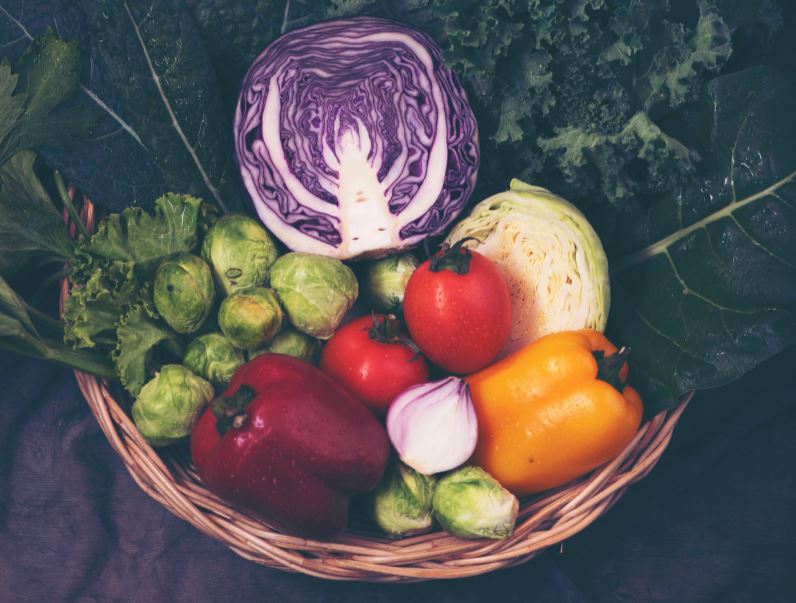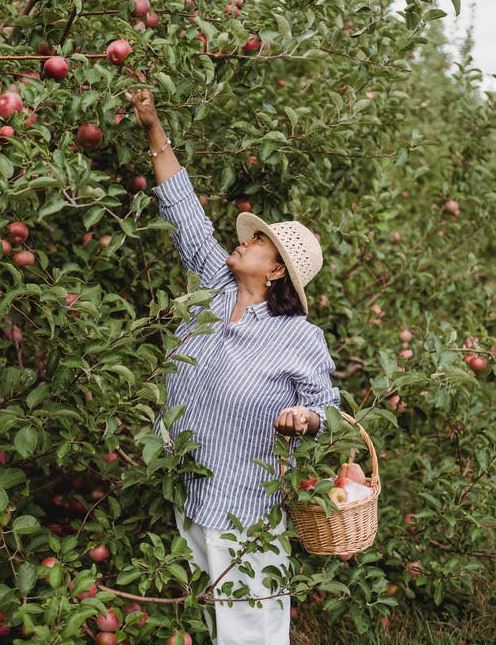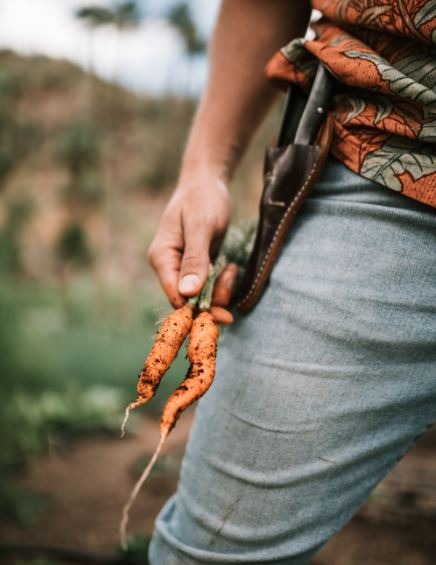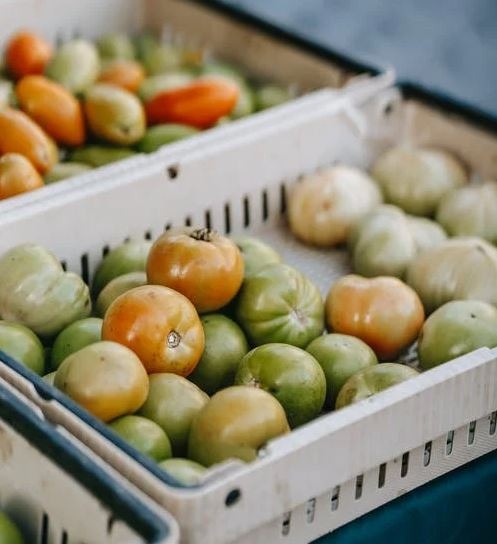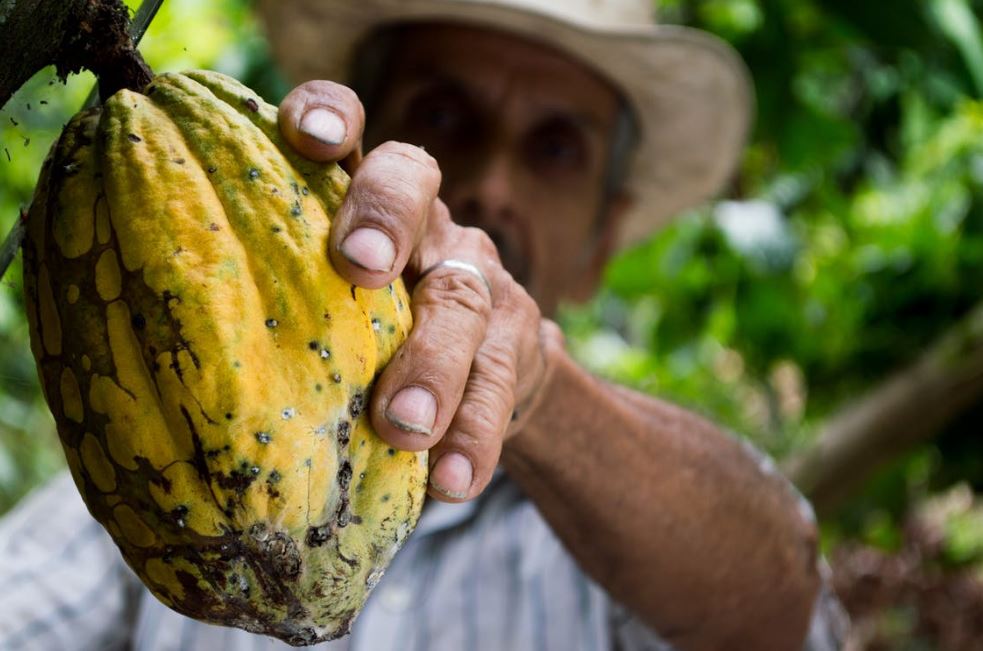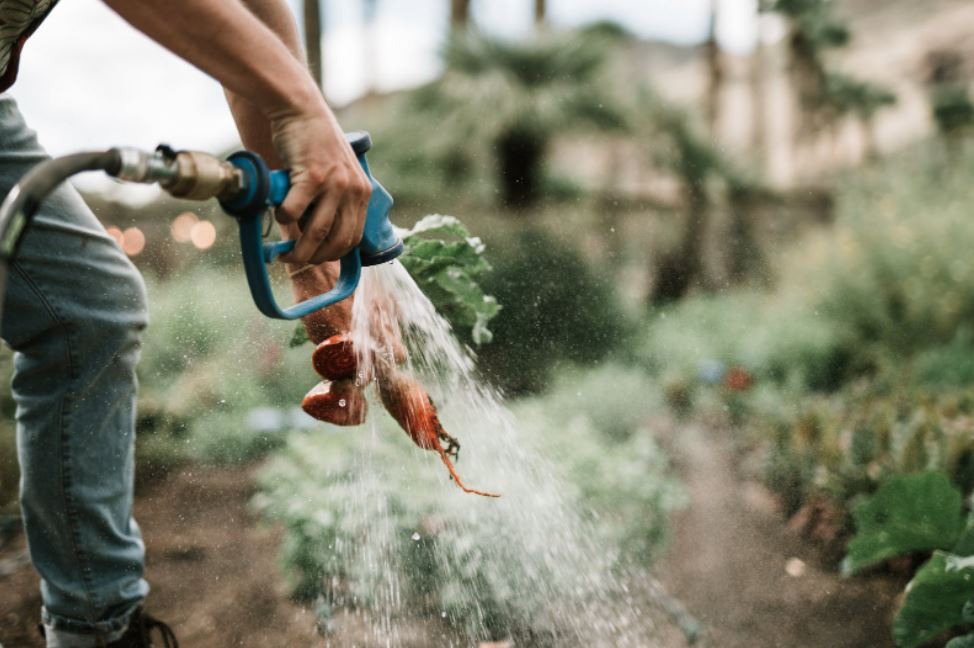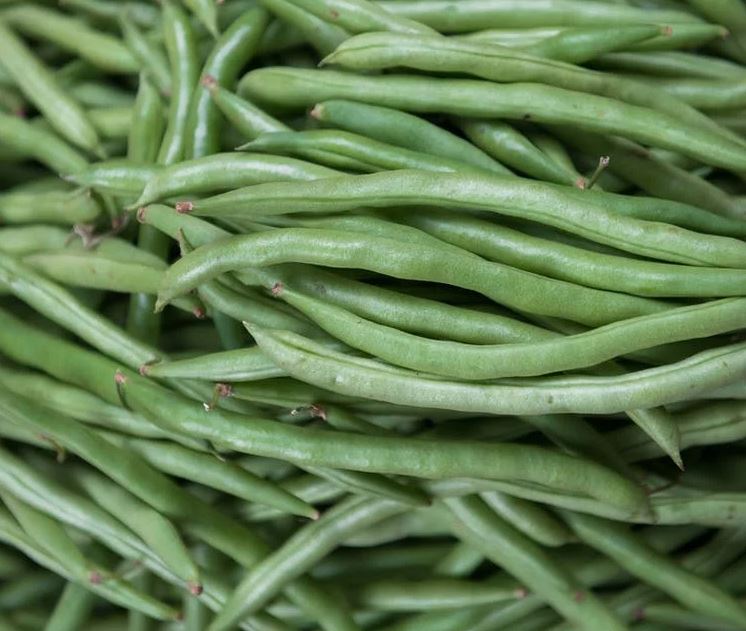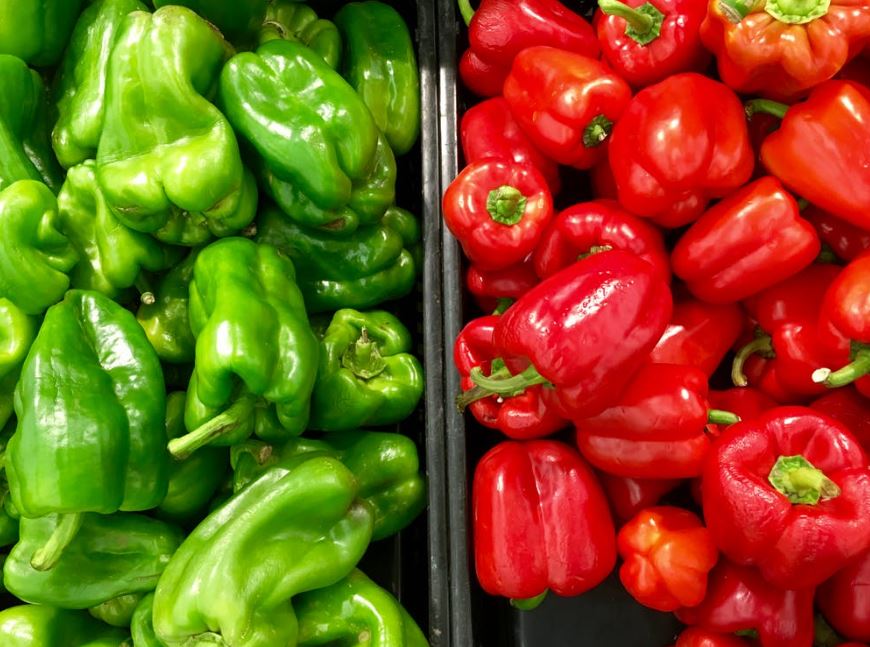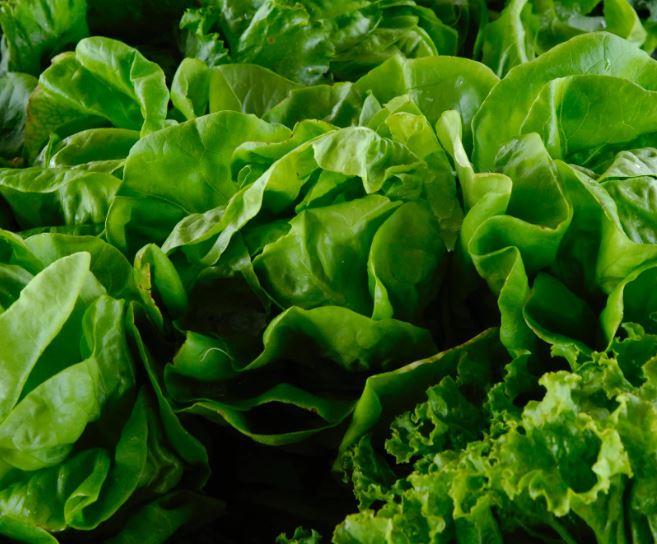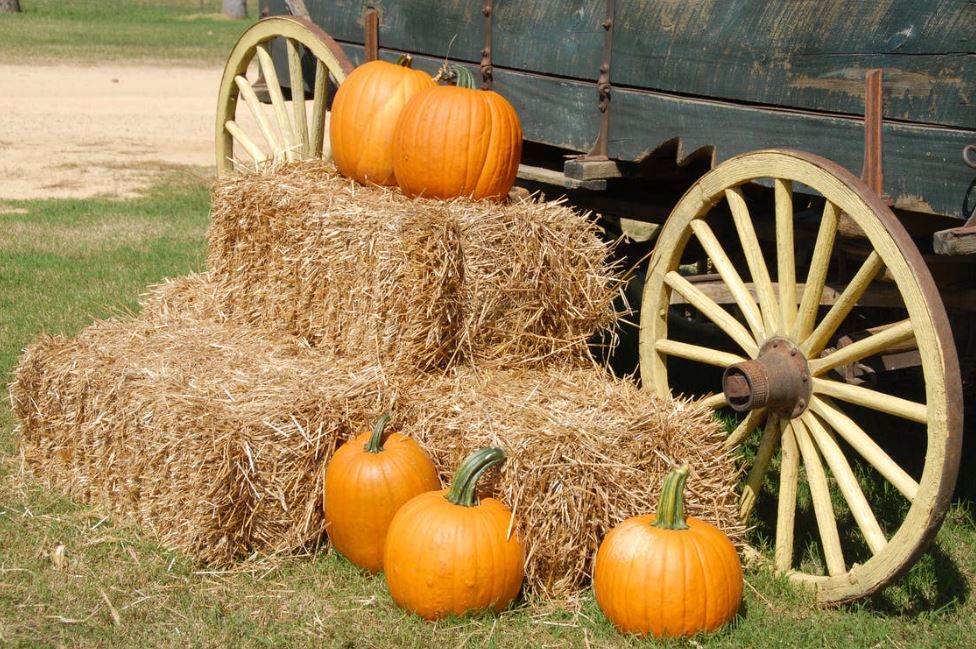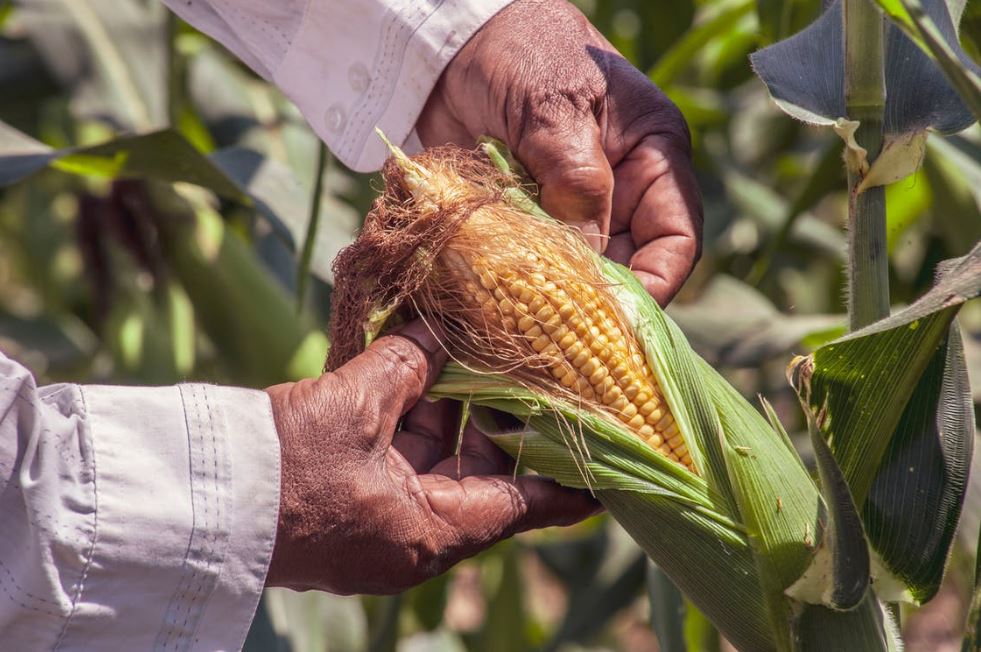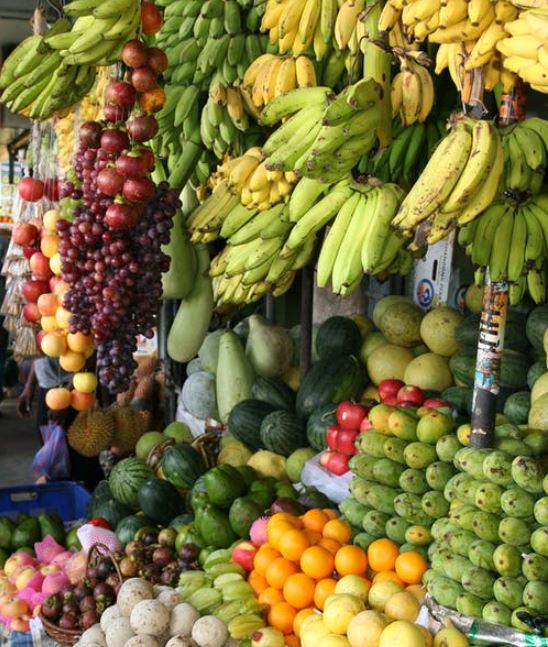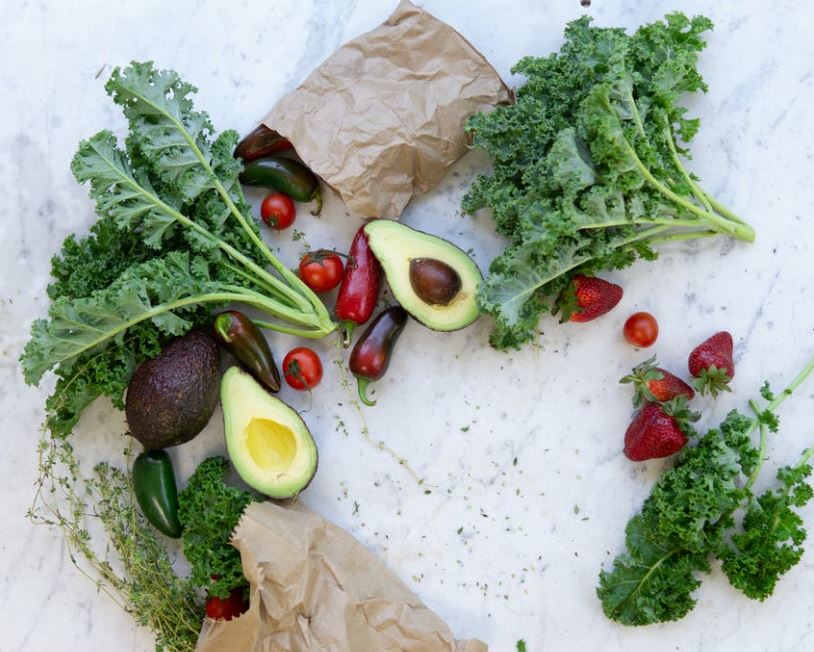In the summer, food is easy. Simply get out in the garden and collect fresh plants to make a delicious dinner. But in summers, it can be difficult to follow the harvest and put all the richness of the gardens to good use. Choosing the best time and methods to harvest the popular garden vegetables, helps you for a perfect summer harvest.
If you are harvesting for the first time, you should know when to pick the bounty of the hard labor. Summertime is the height of the harvesting season for most of the crops. From picking lettuce and peas in summer to picking pumpkins, summer harvesting is the perfect time to pick, store and produce the vegetables.
How To Get Most From Summer Harvest?
Choose At The Right Time
For some vegetables, choosing the right time means when they are fully ripe. Also, you can pick early ones and continue to ripen the plant.
Harvest Regularly
Many vegetables such as beans stop producing if the product is left on the plant.
Pick Up In The Morning
You will enjoy the cooler temperature to pick up the ripened and produced vegetables. Also, they are better hydrated before the sun rises.
Harvest To Preserve
Choose the vegetables that are intended for storage when you have time to do the drying, freezing, or canning. Also, you can store vegetables when fresh which helps to keep the nutrients and flavors of the vegetables.
Cut, Don’t Tear
Avoid bruising the fruit and damaging the plant. You can use scissors or a knife to remove the product from the plant. To avoid bruising, carry the ripe vegetables in a basket.
Watering Root Crops
Water root crops before harvesting summer vegetables to soften the soil. Also, it reduces the risk of damaging the healthy and delicate skin of vegetables.
What To Harvest In Summer?
Carrots
Enjoy early fall harvest dinner. In the fall, the soil temperature cools down, which makes carrots sweeter. Some gardeners leave the carrots in the ground over winter. It is the safest way to harvest carrots before severe frosts become common.
Garlic
Harvesting garlic cloves in late fall or early spring grow upright plants with a new garlic bulb at the base. Pull the plants out by loosening the soil with a rake when the plants are 60% green. Also, make sure that there are fewer than six leaves that are healthy and green.
Green Beans
To harvest the green beans, choose a crisp and tender pod that has not begun to develop strings of hard pods.
Peppers
Harvesting of peppers is the time when they reach their ripe color. It can be yellow, orange or red. At this time, they are more nutritious and sweeter than green peppers. To harvest the peppers, use a pruning shear or knife. Also, make sure that you harvest the peppers when they still have green caps while showing the streaks of mature colors.
For a few days, let the peppers continue to ripen outdoors in the warm room until they reach their ripe color.
Potatoes
When it comes to harvesting small potatoes, they can be gently pulled out under plants such as those grown on long legs and are about to die. The quality of the potatoes for storing are the larger ones. Also, when the leaves and stems wilt, potatoes are ready to harvest. Try potato ravioli from your summer harvest.
Leafy Greens
Harvesting leafy greens such as dark green leafy vegetables like arugula, collards, chard, mustard, kale, turnip, and spinach greens taste sweeter after being exposed to frost. When they are the size of a hand, you can pick them leaf by leaf. After gathering three or four leaves from each plant, new leaves start growing from the center of the plant.
Onions
Shortly after the onions form the bulbs on the surface of the soil, you can harvest onions. At this time, their necks weaken and their tops fall off. When the top half has fallen off or is dead, the onions are ready to be harvested or pulled off.
Summer Squash
All types of summer squash can be harvested including zucchini, yellow squash, and pattypan squash. They should be picked young while their skins are tender. You can use a knife to slice the squash with a stem cap attached. Summer squash needs to be washed and refrigerated immediately after harvesting.
Sweet Corn
One of the best crops for summer harvesting is sweet corn. When the cobs are hard and you can squeeze them fully, they are ripe. Also, the cob should taste sweet and tender.
Tomatoes
Let the tomatoes ripen on the vine until they are firm to the touch and in bright red color. To harvest the remaining tomatoes, the nighttime is the perfect time when the temperature drops below 55 degrees. Tomatoes continue to change color when they are partially ripe and stored at warm room temperature. Try late harvest tomato and basil sauce with fusilli.
Pumpkins
Harvesting of pumpkins and winter squash happens when their skins are hard and vines have begun to die back. You can cut the ripe fruit from the vine and leave the small piece of stem attached. Wipe them to remove the dirt and your pumpkin has been harvested.
Fruit Summer Harvesting
- Apples are best left to fully ripen on the tree.
- Pears should be picked when the skin at the end of the stem yields to slight pressure and twists easily. Pears can become mushy if they are left on the tree. Once you have picked them, it will take 3 to 4 days for them to ripen.
- Stone fruits, even after being picked, continue to ripen on the tree. When the stone fruits start softening and sagging, they can be picked in the trays or boxes to fully ripen. To delay the ripening process, store the fruit in the refrigerator. Make sure that you bring it to room temperature for a better taste while eating.
- Strawberries are like a bonus, the more you pick, the more they grow.
- Fruits like pears, peaches, berries, apricots, nectarines, and plums are best for harvesting when they are dry. If it is a bit damp, it will give a rot and mildew appearance. So, allow the fruit to dry completely before storing.
Other Summer Harvesting
Celebrate harvest by visiting your local Farmer’s Market to pick up fresh ingredients for your next gathering.
Caponate
A favorite Italian dish that highlights fresh summer vegetables.
Click here to view recipe
Garden Fresh Tomato Basil Salad
A salad combining three of Italy’s favorite ingredients: tomatoes, basil and mozzarella.
Click here to view recipe
Baked Swordfish with Vegetables
A delicious dish that combines fresh vegetables and swordfish.
Click here to view recipe
Salted Melon
A simple yet satisfying dessert.
Click here to view recipe
Summer Harvest – Ultimate Guide For Fruits & Vegetables
Whether you are harvesting fruits or vegetables for the first time or you want to try something new, you should know when to pick the fruit or vegetable. During the harvesting and ripening period make sure that you get all the flavors and nutrition out of it. Most of the fruits and vegetables ripe after they are being harvested or picked from the plant and stored in a box, tray, or warm room.
You can harvest various types of vegetables and fruits for summer but storing and slowing down the ripening process requires freezing. You can store them in a refrigerator for a specified period. Also, make sure that you bring them to room temperature before use. It helps to give flavorful and nutritious fruits and vegetables.

